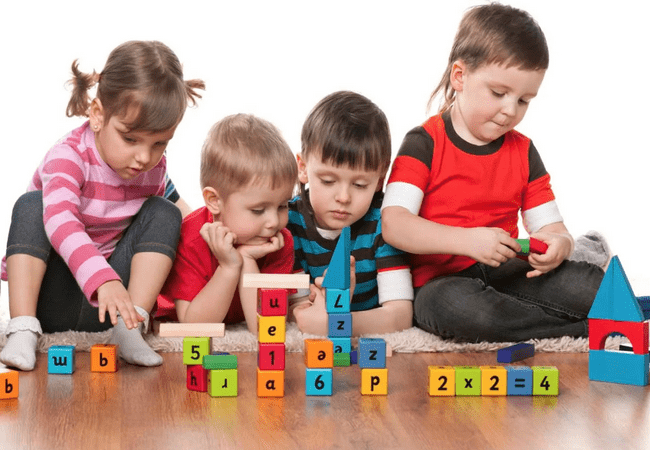Definition of Baby Developmental Milestones:
Developmental milestones are behaviors or physical skills seen in infants and children as they grow and develop. Rolling over, crawling, walking, and talking are all considered as developmental milestones. These are the parameters of different age of children, which gives an idea about the average estimate of the time when the child can be expected to have certain skills. Developmental milestones are a set of functional skills or age-specific tasks that most children can do at a certain age range.

Developmental Milestones of a Child Month by Month:
Baby Developmental Milestones | ||||
Age | Motor | Speech | Vision and hearing | Social |
1-1.5 months | When held upright, holds head | Cooes and babbles at parents | Focuses on parents. |
|
1.6-2 months | When prone, lifts self by arms; |
| Focuses on objects as well as |
|
2.1-4.5 months |
|
|
| Serves to practice emerging |
3 months |
| Makes vowel noises |
|
|
5 months |
| Enjoy vocal play. |
| |
6 months |
|
|
| May show Stranger anxiety. |
9-10 months |
| Babbles tunefully | Looks for toys dropped | Apprehensive about strangers. |
1 year |
| Babbles 2 or 3 words repeatedly. | Drops toys, and watches where |
|
18 months |
| ‘Jargon’. Many intelligible | Be able to recognize their |
|
2 years |
| Joins 2-3 words in sentences. |
| |

Maria Khatun Mona is a Founder and Editor of Nursing Exercise Blog. She is a Nursing and Midwifery Expert. Currently she is working as a “Senior Staff Nurse” at “Dinajpur Medical College Hospital”, Bangladesh. She has great passion in writing different articles on Nursing and Midwifery. Mail her at “maria.mona023@gmail.com”
